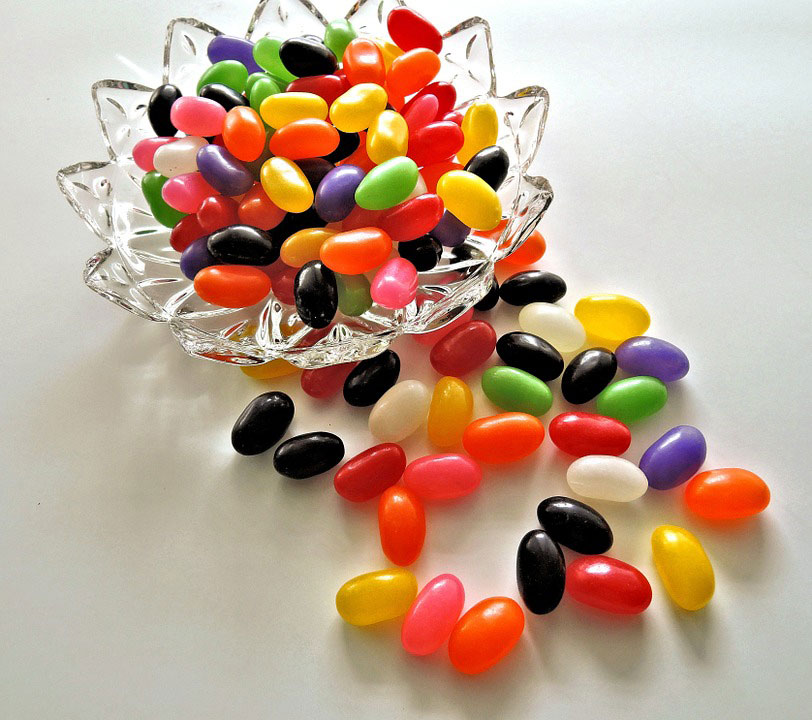How do they make so many Jelly Bean flavours?
Hint: the answer lies in Gas Chromatography

If you are a fan of jelly beans you will know that there are many, many flavours to choose from. But just how do they manage to capture flavours like Apple Pie or Birthday Cake?
Flavours come from the brain, nose and mouth working together. The flavours you taste are due to the chemicals in the substance you are eating reacting with receptors in your nose and mouth and sending a signal to the brain. The brain then interprets this signal and assigns the food with a flavour -a combination of taste and smell.
The majority of the information the brain processes is contributed by the nose and, since smell plays such an important role in taste, smells can be analysed to recreate flavours. Gas Chromatography is the best method for analysing smells and everything from jelly beans to medicines have benefited from chromatographic analysis.
Once the flavour markers are identified, flavour experts work on synthesizing the flavour in the laboratory and, once perfected, the flavour can be added to things like jelly beans.
Some flavours can be mimicked in surprising ways. For example, a chocolate flavour can be created by using substances that taste or smell like peaches, cooked cabbage, and meat. How odd!
Liked this article? You might also enjoy:
HPLC reveals why Easter eggs are good for you
Chromatography Inspired cognac
GC Analysis in Food and Flavour
This blog was based on this article from Chromatography Today.